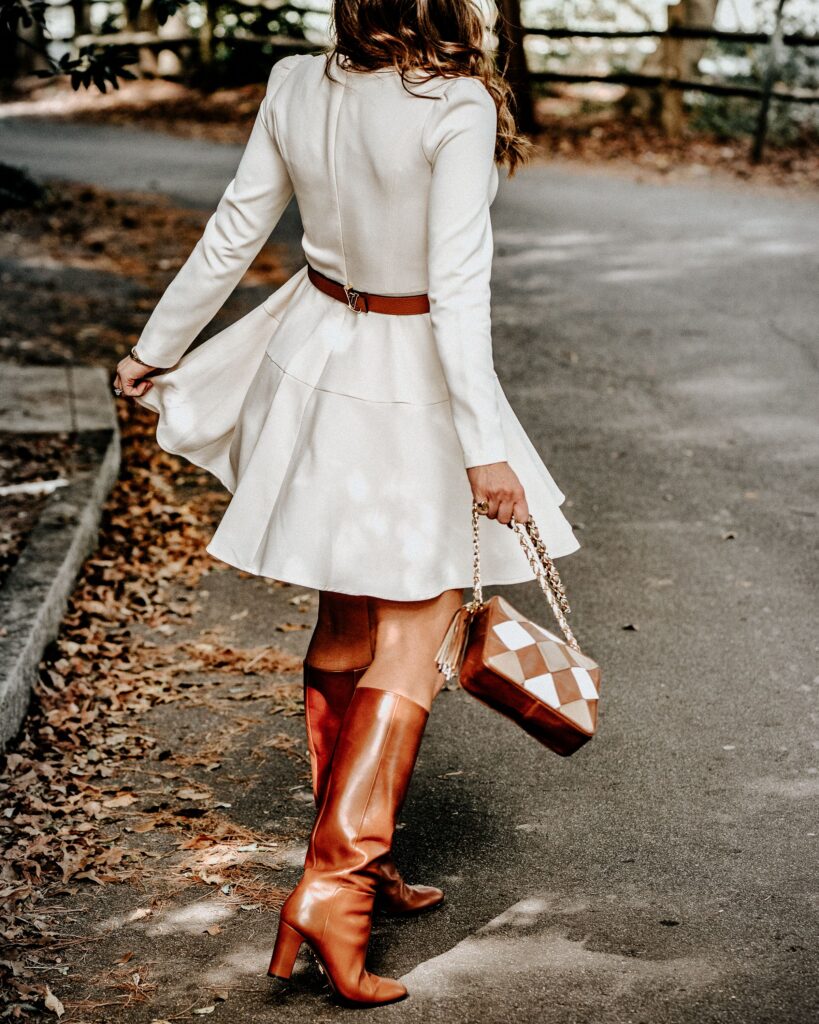The “no white after Labor Day” rule is a long-standing fashion guideline that many people still follow today. However, the origins of this rule are unclear, and there is no consensus on whether or not it is still relevant in today’s fashion world.
What Is The History Of Labor Day?
Labor Day is a national holiday celebrated in several countries around the world, including the United States, Canada, and various other countries. It is typically observed on the first Monday in September and is a day dedicated to honoring the contributions and achievements of workers.
The origins of Labor Day can be traced back to the late 19th century when the labor movement was gaining momentum in the United States. The average workday during this time was often long and grueling, with workers enduring harsh conditions and receiving meager wages. In response to these injustices, labor unions began to organize and advocate for improved working conditions, fair pay, and better treatment for workers.
One of the key figures in the establishment of Labor Day in the United States was Peter J. McGuire, a labor union leader. He is credited with suggesting the idea of a day dedicated to the laboring classes, which eventually evolved into the national holiday we know today.
The first Labor Day celebration in the United States took place on September 5, 1882, in New York City. It was organized by the Central Labor Union and was marked by a parade attended by thousands of workers. The event aimed to showcase the strength and unity of the labor movement while advocating for social and economic reforms.

Over time, Labor Day became an important symbol of worker solidarity and a reminder of the progress made in improving working conditions. Today, the holiday is often celebrated with parades, picnics, and various recreational activities. It also serves as a marker for the end of summer and the unofficial beginning of the fall season.
While the specific date and customs surrounding Labor Day may vary between countries, the underlying spirit of the holiday remains consistent – to recognize and appreciate the hard work and contributions of workers in creating a prosperous society. So, next time you enjoy a well-deserved day off on Labor Day, take a moment to reflect on the struggles and achievements of the labor movement that have shaped the modern workforce.
No White After Labor Day Theories
There are a few different theories about how the “no white after Labor Day” rule came about. Some believe that it originated in the early 1900s, when white was considered a summer color. As people began to vacation more often in the summer, they would pack white clothing to stay cool. However, when they returned home in the fall, they would switch to darker colors to reflect the changing seasons.
Another theory is that the rule originated in the fashion industry. In the early 20th century, the fashion industry was dominated by European designers, who believed that white was a summer color. As American designers began to gain more influence, they challenged this rule, and white became more acceptable to wear year-round.
Today, there is no clear consensus on whether or not the “no white after Labor Day” rule is still relevant. Some people still follow the rule, while others believe that it is outdated and no longer applies. Ultimately, whether or not you choose to wear white after Labor Day is a personal decision.
Here are some reasons why you might not want to wear white after Labor Day:
- Tradition: Some people still follow the “no white after Labor Day” rule out of tradition. They believe that it is simply not appropriate to wear white after the summer season.
- Seasonal appropriateness: White is often associated with the summer season, when it is typically warmer and sunnier. Wearing white after Labor Day can be seen as out of season and inappropriate for the cooler weather.
- Risk of staining: White is a light color, so it is more likely to show stains than darker colors. If you are worried about staining your white clothes, you may want to avoid wearing them after Labor Day.

However, there are also some reasons why you might want to wear white after Labor Day:
- Fashion trends: White has become increasingly popular in recent years, and it is now considered a year-round color. Many fashion trends, such as the all-white look, feature white clothing.
- Personal style: Ultimately, whether or not you choose to wear white after Labor Day is a personal decision. If you feel confident and comfortable in white clothing, then there is no reason why you shouldn’t wear it.
- Seasonal versatility: White can be worn in a variety of ways, regardless of the season. For example, you can wear white jeans in the fall or white dresses in the winter.
So, should you wear white after Labor Day? The answer is up to you. There are pros and cons to both wearing and not wearing white after Labor Day. Ultimately, the decision is a personal one that should be based on your own style and preferences.



